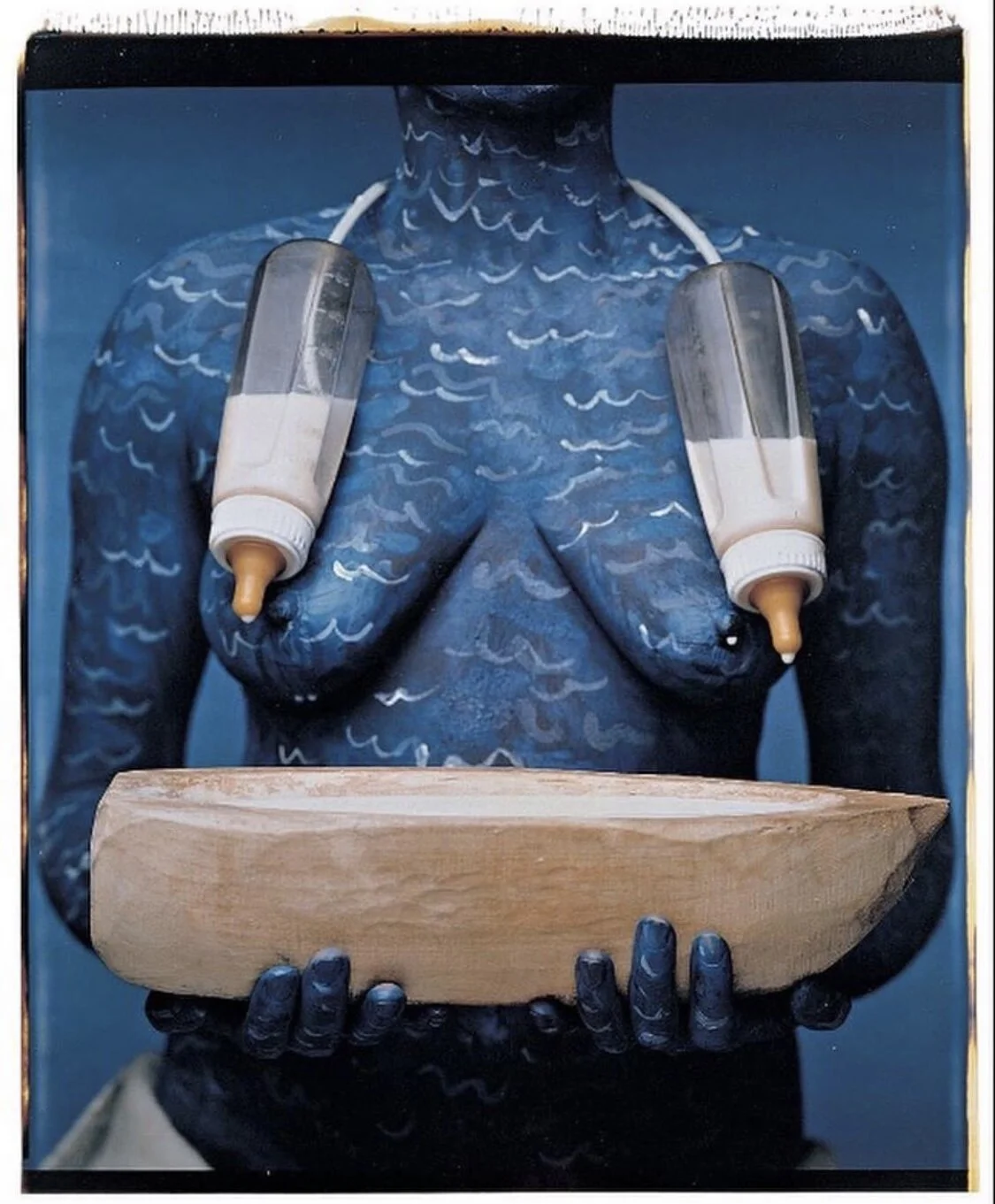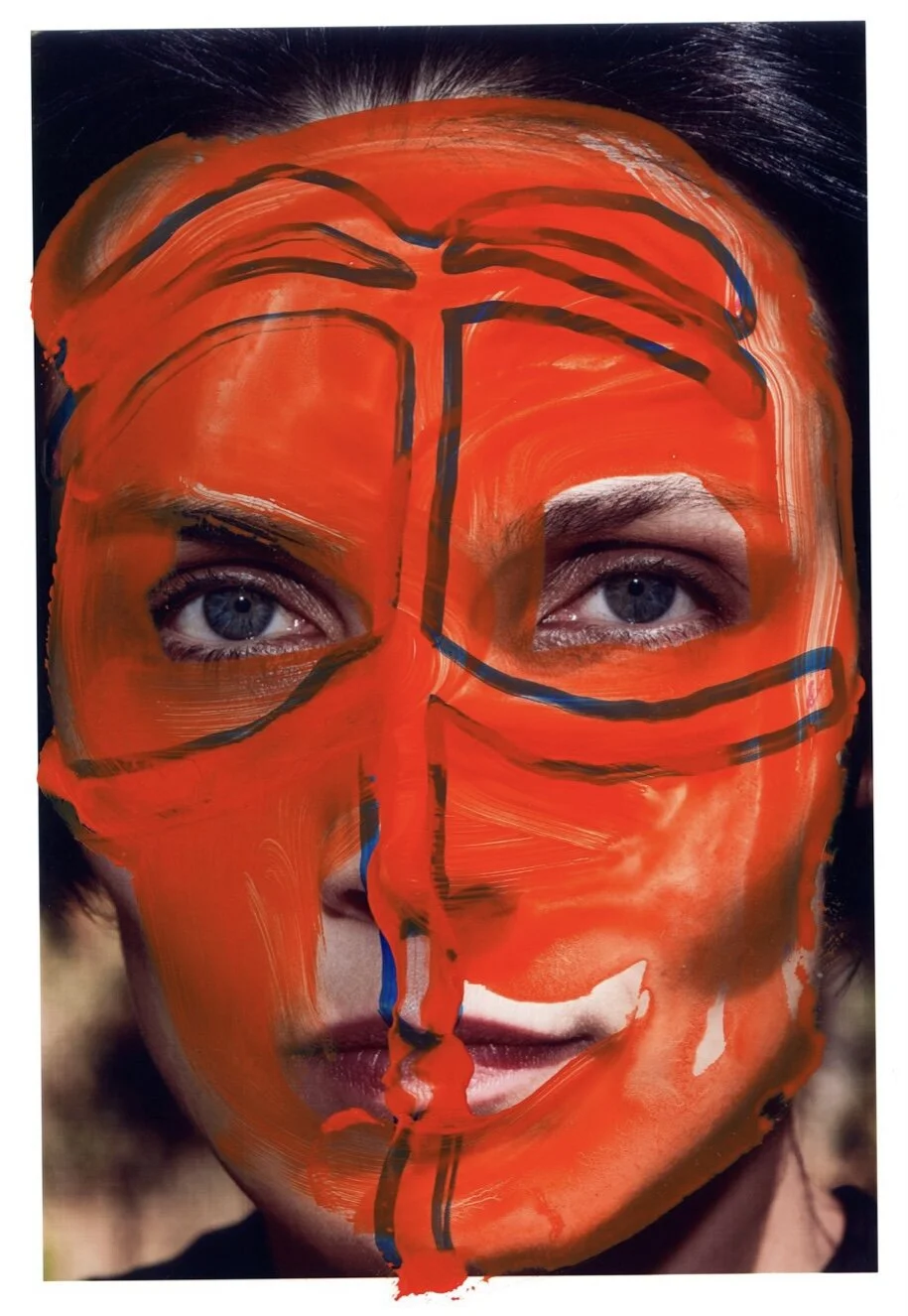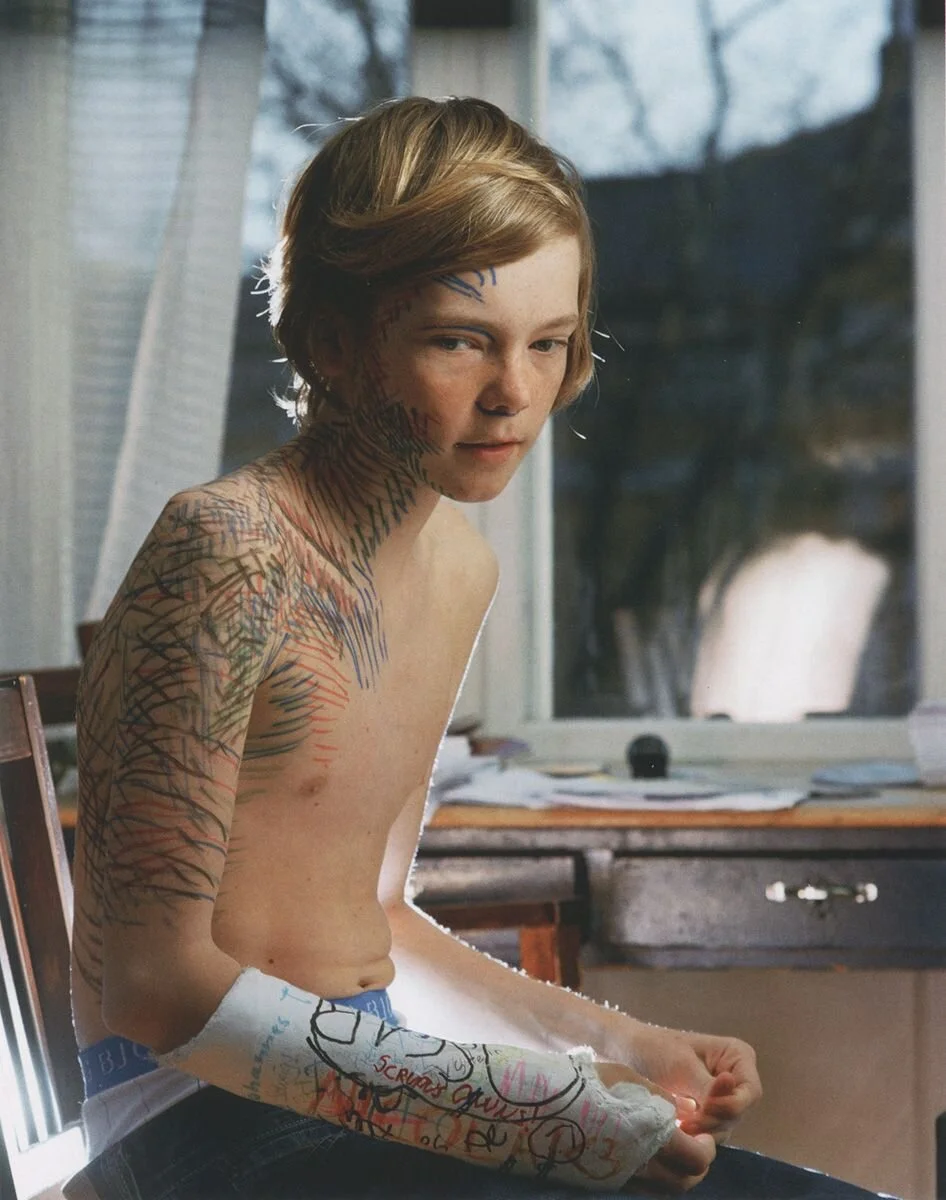Tuesday Reads: Slavoj Zizek
© Maria Magdalena Campos Pons.
“The de-aestheticization of art is a response to the increasingly exacerbated aestheticization of products. The two phenomena have to be intended jointly as, in their reciprocity, they constitute the characteristic scenery in which the curated pages of fashion magazines inconsistently feature both sublime advertisements of neoclassical models selling anti-age creams or perfumes and “shocking” articles on the latest transgressive artwork.”
Beauty has played a soothing role since the beginning of times, as the first examples of artistic practices clearly outline. More specifically artistic representations of beauty, intended as an equilibrate and gentle proof of the intrinsic majesty of life, historically bore the responsibility of portraying the highest values attainable by humans, an example to be observed during dark times as well. However, beauty has historically been the most luxurious principle as well, a luxury most people could only admire from afar.
© Vivian Sassen.
Looking back, the structural division of social classes in our society until the 20th century can be delineated according to the ease of access to beauty in any form, from artworks to clothing and natural wonders. Portraits used to be extremely expensive, social status could be easily deduced by the quality of textiles and accessories exhibited, and traveling entailed considerable investments of time and resources. Given the extremely limited availability of aesthetic beauty, art took on the role of portraying its existence, both as a testimony for future generations and as a way to make it more accessible to its contemporaries (with the latter objective often not being attainable, due to the cost of accessing to the resources necessary to produce a work of art).
© Haruhiko Kawaguchi.
© Torbjørn Rødland.
In case someone from the 18th century could experience the 80s, they would immediately notice how capitalism and globalisation had led to a significant decrease in production cost for most goods, with the outcome being that social classes had become more fluid and basic needs had finally been satisfied for a larger portion of the population – at least in our society. Thus, being the necessity goods largely available, and incomes relatively higher with respect to the cost of purchasing them, households found themselves with an economic surplus – the bonus for having renounced to their clear belonging to a social sphere. Could the capitalistic structure not take advantage of such surplus? Of course not. Here came the phenomenon of aestheticized products, a way for companies to charge premium prices while finally satisfying the widespread demand for access to beauty, which had been neglected for so long.
© Carlota Guerrero.
How could art cope with such a drastic change? Its evergreen role of portraying beauty in every situation and finding poetry in negatively perceived emotions could not hold anymore, its position being occupied by beautifully crafted products and their aestheticized advertisements. After all beauty sells. It has always been like that, common people simply could not afford to buy it in the past. And as they realized they finally could buy their share of it, art somehow felt to be redundant. But there is one characteristic art will never do without: rebellion. And this peculiarity is what allowed art to progressively but surely reinvent itself, leveraging on its ability to always look the other way.
© Zack Seckler.
© Sonja Hinrichsen.
The de-aestheticization of contemporary art, therefore, is not a lack of ability on the artists’s part. It is not a conceptual decision. It responds to a newly arisen need most people already experience, but cannot put into words yet: the tiredness with excessively retouched commercials, the anger towards values that have proven wrong notwithstanding all efforts and the realisation that no, a beautiful coat won’t save our planet nor make us less lonely. Aesthetics and consumerism have proved to be inadequate to solve the most pressing issues of our time, while contributing to fund corporations most people don’t feel represented by. And while the general awareness to this regard is timidly spreading, art has once again anticipated its needs by responding to questions that are not being asked yet. Because they will be asked soon, and quite urgently.














